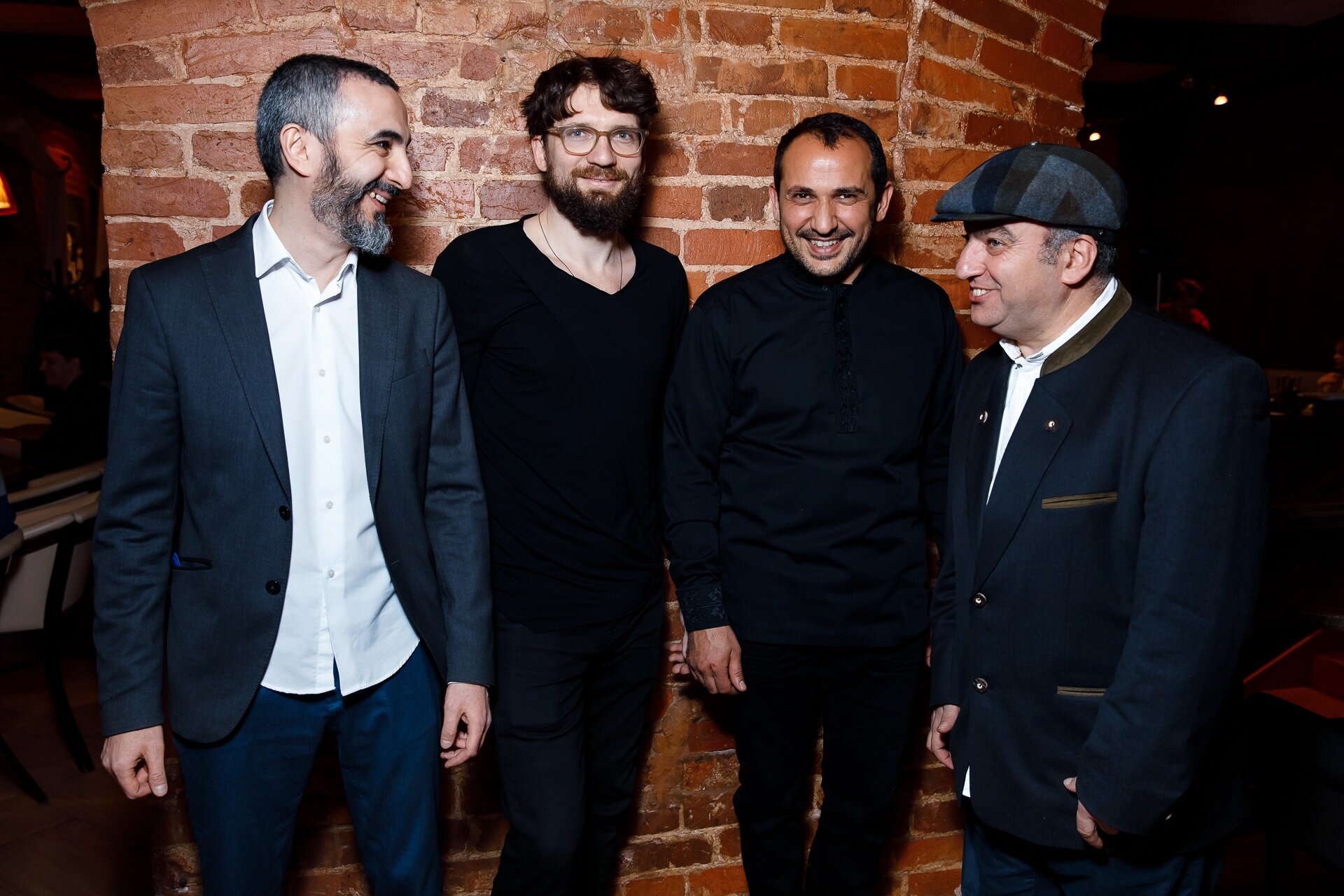MEDFORD, Mass.—Connecting Threads / Survivor Objects explores the kaleidoscopic world of Armenian liturgical textiles from the collections of the Armenian Museum of America and the Museum of Fine Arts, Boston. Embroidered, block printed and painted, these objects dating to the eighteenth and nineteenth centuries show the multidimensional nature of liturgical textiles and bear witness to the vitality of Armenian communities during the Ottoman Empire and their influence along global commercial routes. While many Ottoman Armenian churches are now in ruins after successive waves of persecution from the 1890s to the 1920s, these fragile and beautiful textiles bear witness to the survival of a people, their identity and faith.
Sought after and admired for their aesthetic qualities, ecclesiastical textiles played a central role in the celebration of the divine liturgy. These stunning works in linen, silk and velvet pay homage to the long-standing Armenian tradition of weaving and needlework. Their rich imagery is a sophisticated reflection of Armenian art and of Byzantine, post-Byzantine, European and Islamic sewing and painting traditions.
Under the Ottoman Empire, Armenian communities occupied a broad geographical area ranging from the Caucasus to the Anatolian peninsula, from Crimea to Russia and Western Europe, and from Amsterdam to East and South Asia. One of the first Christian civilizations, Armenia was a vital fulcrum for international trade routes and the circulation of visual ideas in the early modern period.
The textiles in this exhibition originated in the prosperous Armenian communities of Istanbul, Tokat, Talas, Kütahya and Gümüșhane—all in modern day Turkey—as well as in Armenian trading settlements in Surabaya, Indonesia. Their inscriptions provide invaluable information about craftsmen, patrons, and church foundations. These details offer a glimpse into the world in which the textiles were created and convey a sense of the connected and dynamic culture of the Armenian communities before the Hamidian Massacres of the 1890s and the Armenian Genocide of 1915–1922.
It is critical to acknowledge the history surrounding these objects and promote new academic research, particularly in the current climate, when violence in the Nagorno-Karabakh region threatens many Armenian cultural heritage sites. Once again, tangible and intangible Armenian patrimony is at risk of being lost forever.
The exhibition has been developed with undergraduate and graduate students from the seminar The Threads of Survival: Armenian Liturgical Textiles in Local Collections at Tufts University in spring 2021: Jeffrey Bui, Elettra Conoly, Claudia Haines, Andrea Horn, Sara McAleer, Atineh Movsesian, Grace Rotermund, Shirley Wang, Cas Weld, and Sofia Zamboli.
Many of these textiles received the scholarly attention they deserve for the first time as students engaged in close examination of each individual textile at the Armenian Museum of America alongside in-class discussions about the objects and relevant literature. The exhibition labels and educational material present the outcome of their extensive research.
Organized by Christina Maranci, Arthur H. Dadian and Ara Oztemel Professor of Armenian Art and Architecture, Tufts University, and Chiara Pidatella, Tufts University Art Galleries research curator.
Connecting Threads/Survivor Objects will be open from August 30 to December 5, 2021 at the Aidekman Arts Center/Koppelman Gallery.






